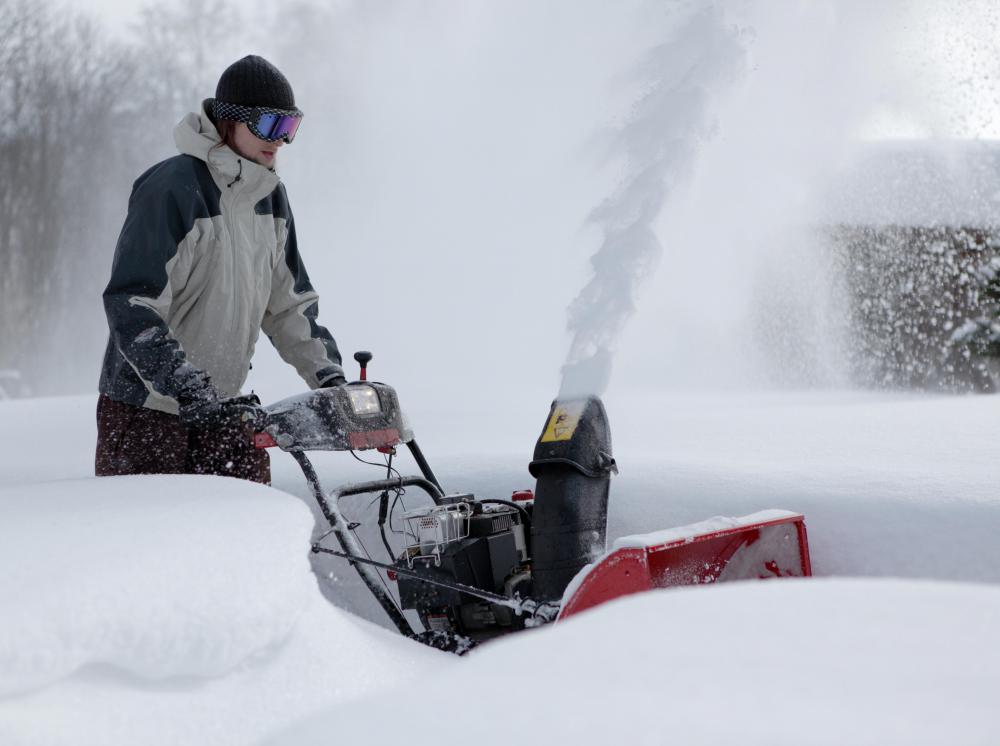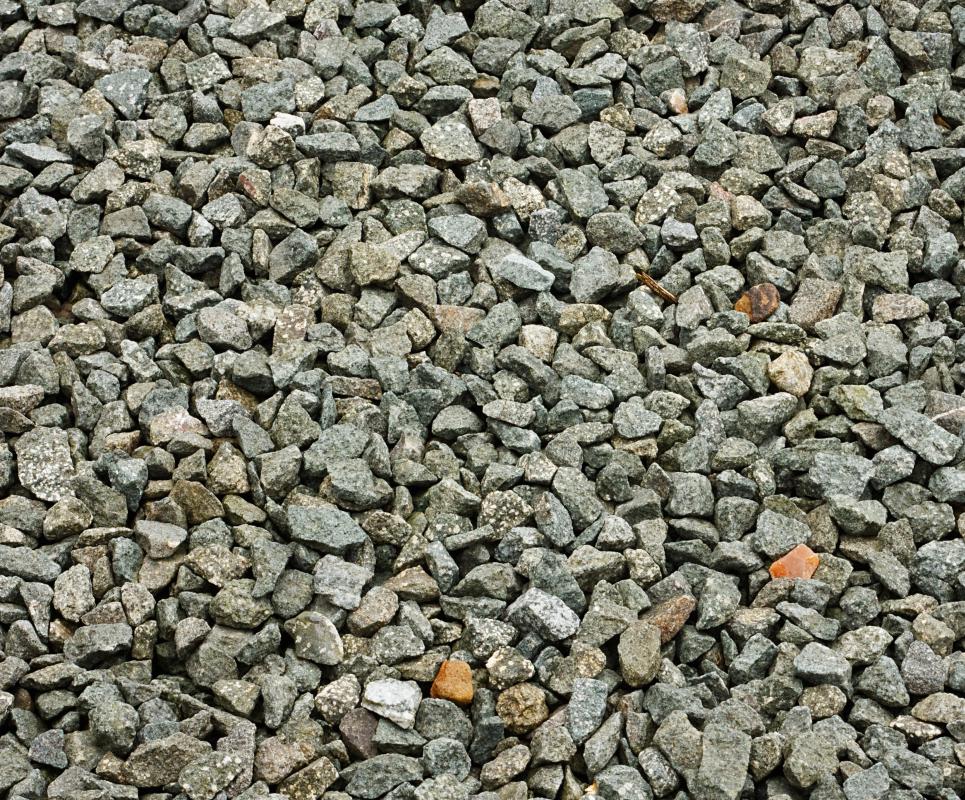At HomeQuestionsAnswered, we're committed to delivering accurate, trustworthy information. Our expert-authored content is rigorously fact-checked and sourced from credible authorities. Discover how we uphold the highest standards in providing you with reliable knowledge.
What are the Pros and Cons of a Gravel Driveway?
There are many reasons gravel may be the best option when considering driveway materials. There are also downsides to using gravel, however. Pros include the low cost to install, that it is cheap to maintain, and less need to repair the driveway. Cons include that gravel is prone to ruts, an unkempt appearance, and difficult during snow removal.
Laying a gravel driveway is relatively easy and cost-effective. Of the various types of driveways, a gravel surface is the cheapest. At about $1 US Dollar (USD) per square foot (0.09 m), it is about 1/13 of the price of more expensive building options, such as cobblestone.

Gravel driveways are easy to install as long as the driveway area is already graded. Simply dump the required amount of gravel over the surface that needs to be covered and spread it out until even. A layer of gravel about two inches (5.08 cm) deep is generally recommended, and unstable soil may require up to eight inches (20.32 cm). To maintain this type of driveway, a new load of gravel should be dumped and spread across the driveway once or twice a year. A freshly-laid gravel driveway can be driven on immediately, unlike most other driveway materials, which usually need to cure or set before use.

Gravel is largely unaffected by wintertime freezing and thawing, unlike concrete or asphalt driveways, which can buckle during extreme cold and the subsequent thaw. Due to the many small stones and pebbles used, however, it is much more difficult to shovel snow, or use a snow blower, on a gravel driveway. It is also easier to get a vehicle stuck in a gravel driveway when it is muddy or snowy, because spinning tires are apt to make ruts in gravel surfaces.
A gravel driveway may not be the best choice if the homeowner is striving for a clean look. Gravel is notoriously dirty and tends to look unkempt. It also easily scatters into the yard surrounding the driveway, possibly creating problems for lawnmowers and landscaping.
There are different types of gravel that are appropriate for driveway use. Pea gravel costs more than other types, but usually looks nicer because it has rounded edges and a rich color. River or creek stone is a cheaper alternative to pea gravel, and it also has rounded edges due to water erosion. Self-binding gravel is the type most commonly used for driveways because the sharp-edged pieces tend to bind together over time, to create a surface similar to concrete.
AS FEATURED ON:
AS FEATURED ON:












Discuss this Article
Post your comments